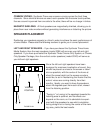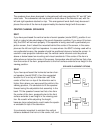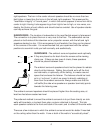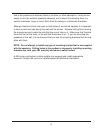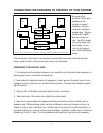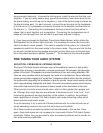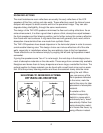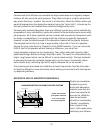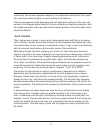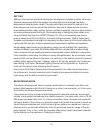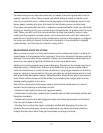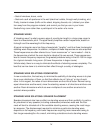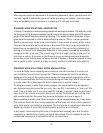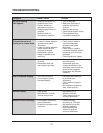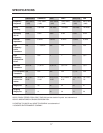
• Seal all windows, doors, vents
• Seal and caulk all apertures in the wall (electrical outlets, through-wall plumbing, etc.)
Finally, transient noises (traffic on the street, dripping faucets, etc.) distract your atten-
tion away from the program material, and remind you that you are in your home
theatre/living room rather than a participant in the action of a movie.
STANDING WAVES
A “standing wave” is what causes a pipe of a particular length in a large pipe organ to
have its characteristic pitch. The pipe literally amplifies certain frequencies, based on
its length and the wavelength of the frequency.
A typical rectangular room has three characteristic “lengths,” and thus three fundamental
standing wave frequencies. In addition, multiples of these frequencies are also amplified.
These frequencies are often referred to as “room resonances” or “room modes”—that is,
the frequencies at which the room tends to vibrate of its own accord. These resonances
lead to uneven frequency response, the greatest problems being in the 60–150 Hz range
for a typical domestic living room. (At lower frequencies in larger rooms.)
Unfortunately, there is no way to eliminate the effects of standing waves completely. The
best that can be done is to minimize their effect through a variety of strategies.
STANDING WAVE SOLUTIONS: ROOM RATIOS
In new construction, the best way to minimize the audibility of standing waves is to plan
for an even distribution of them, so that their effects do not “pile up” on top of each
other. In this regard, the ratios of room dimensions are the critical factor. Rooms having
equal dimensions are the worst, since the standing waves in all directions reinforce one
another. Room dimensions which are even multiples of one another are also to be
avoided where possible.
STANDING WAVE SOLUTIONS: SPEAKER PLACEMENT
Speaker placement also has an effect on standing waves and their audibility. In particu-
lar, placement of any speaker (including subwoofers) where two walls and the floor
meet will tend to stimulate all of the available standing waves, causing the most irregu-
lar response. The displacement required to minimize a particular standing wave
depends on its frequency, with lower frequencies requiring more movement owing to
their longer wavelengths. As a result, minimizing colorations due to standing waves
14



